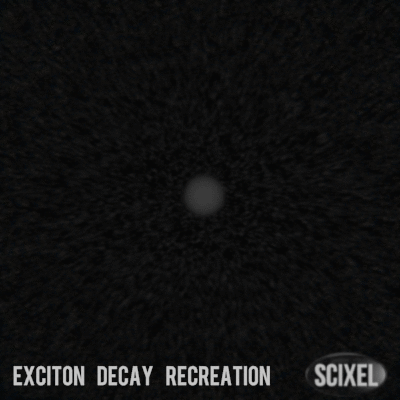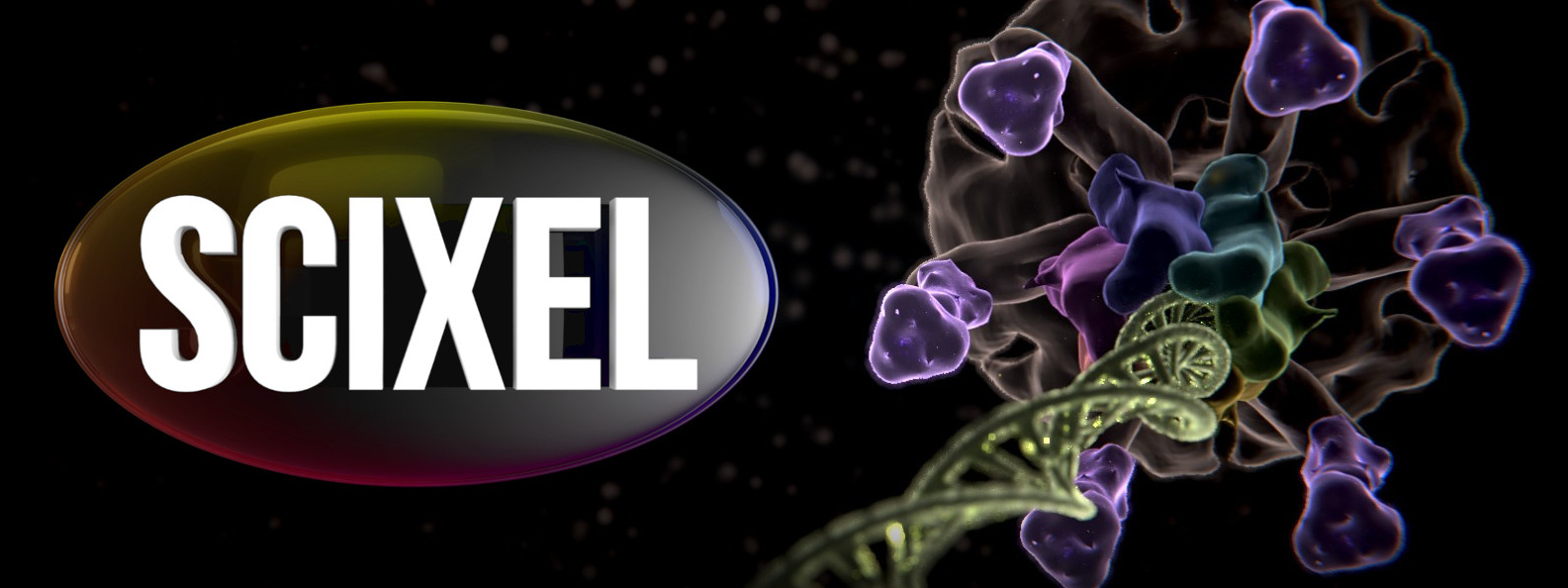A research team at TU Wien ( Matthias Paur, Aday J. Molina-Mendoza, et al. ) together with groups from Germany and Japan, have developed a new type of light-emitting diode. What’s exciting about it? That it produces light from the decay of an exciton. An exciton is a bound state of an electron and an electron hole which orbit around one another. This electron-hole pairs can be created by applying electrical charges and when these pairs recombine, they produce energy in the form of light.

To make it even more exotic, they’ve created this diode by producing excitons in two dimensional materials. This systems have shown to be not only a great way to study this quasiparticles but also have a great potential to became a usable device. Just to name one of its characteristics, the wavelength of the light emitted by this devices is highly tunable.
With the supervision of Aday Molina-Mendoza, we did this picture to illustrate the emission process. This research has been published in Nature Communications.

